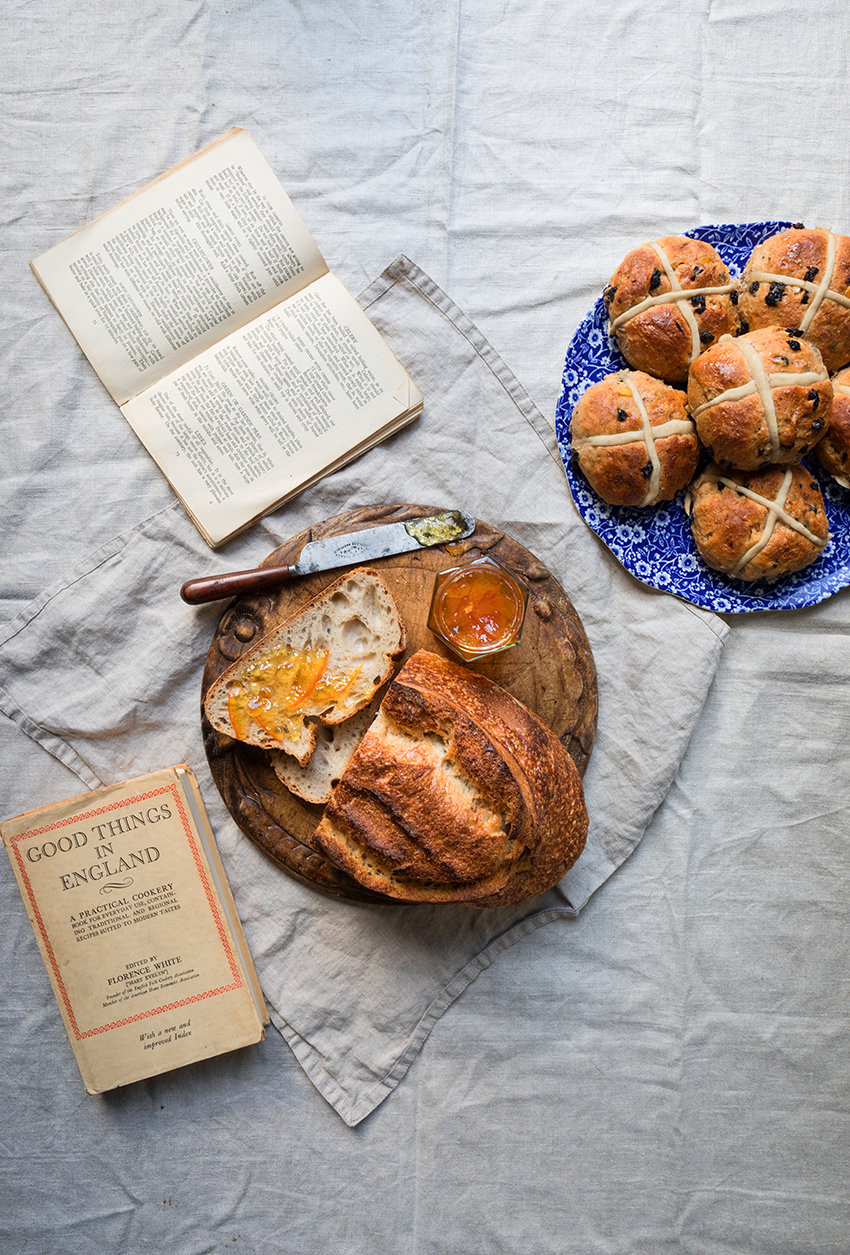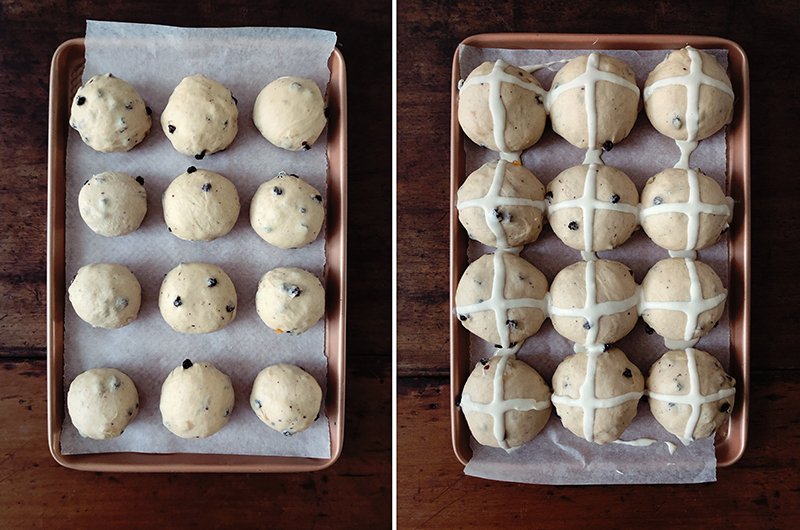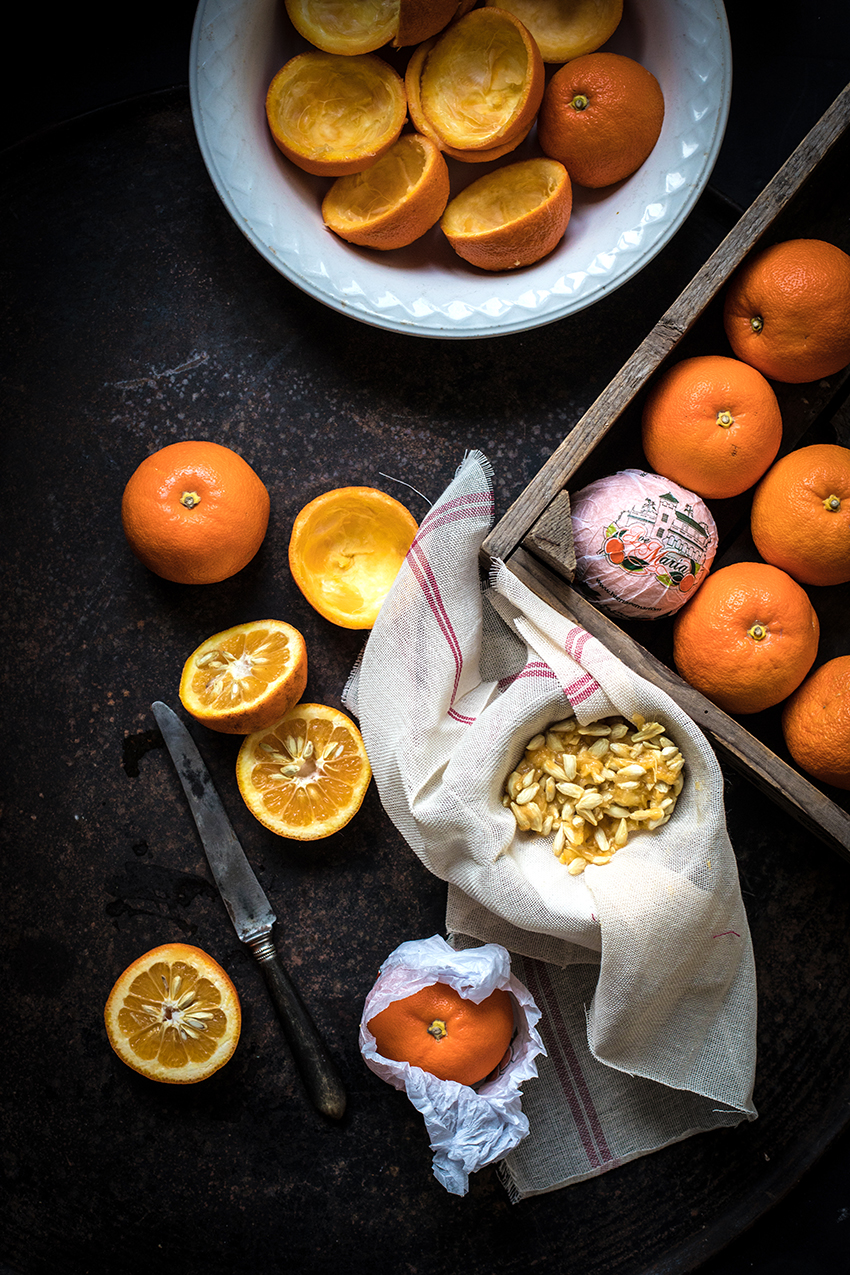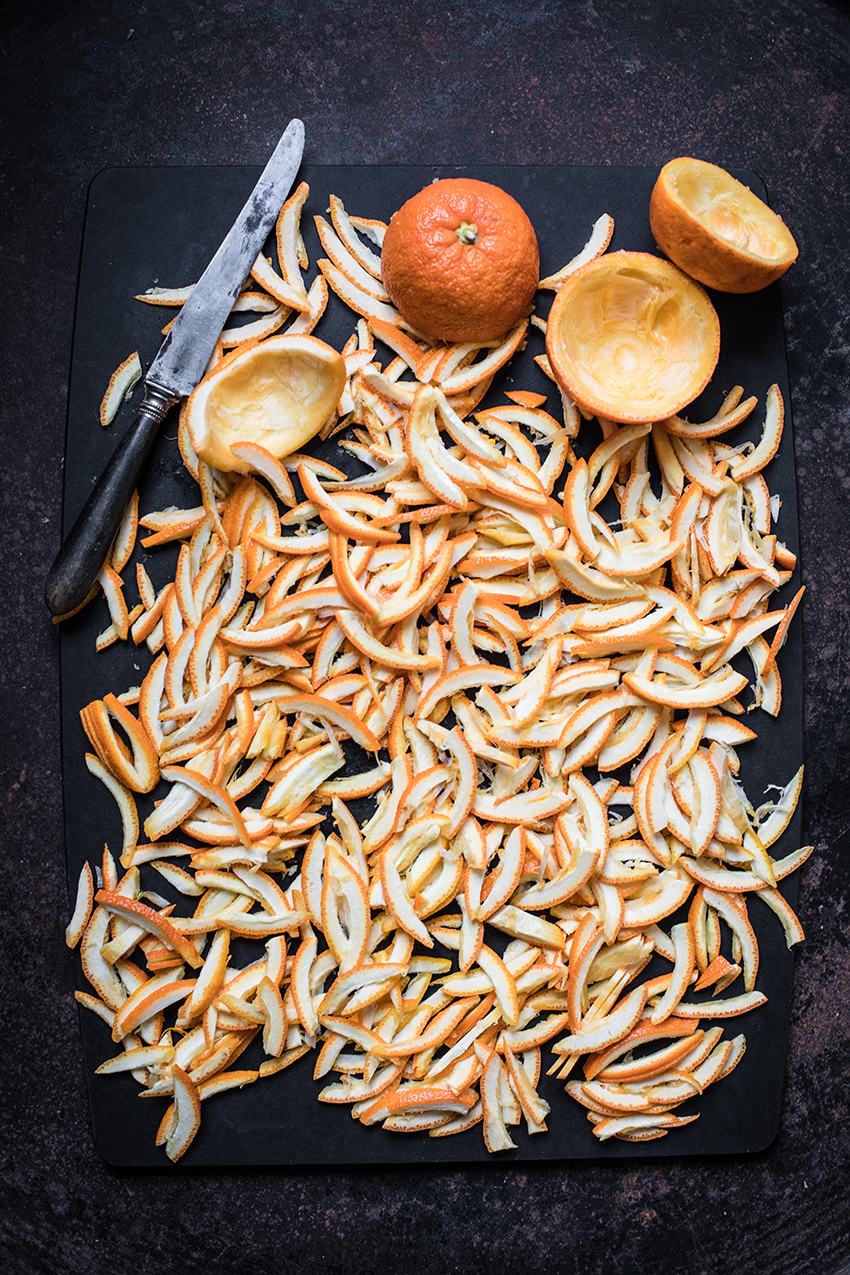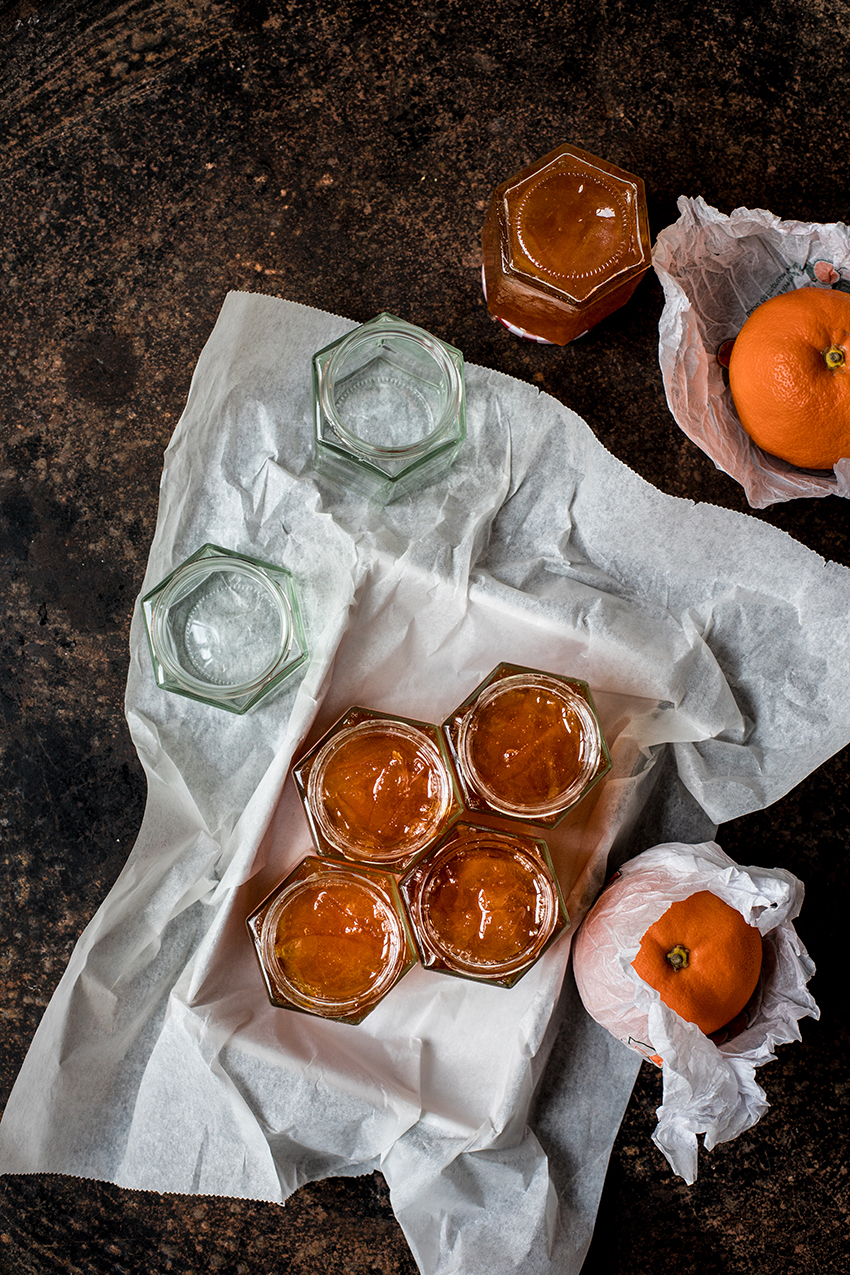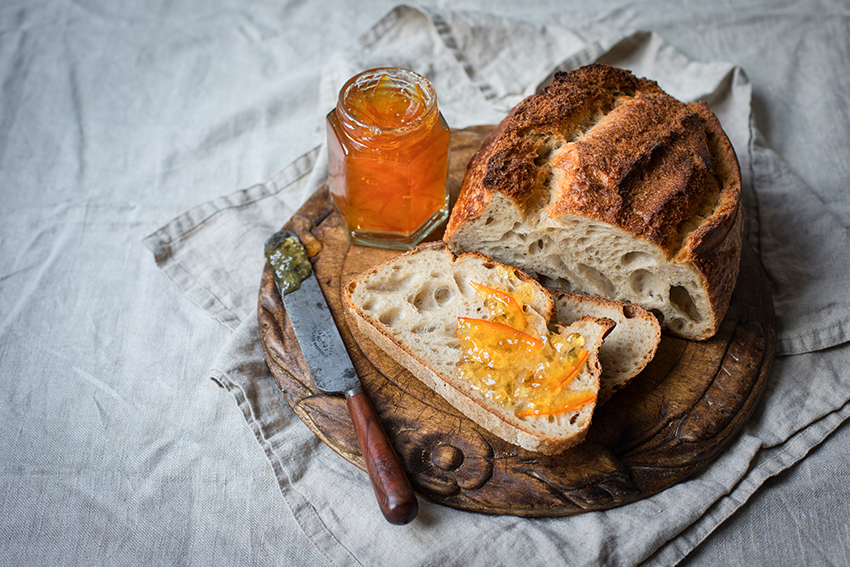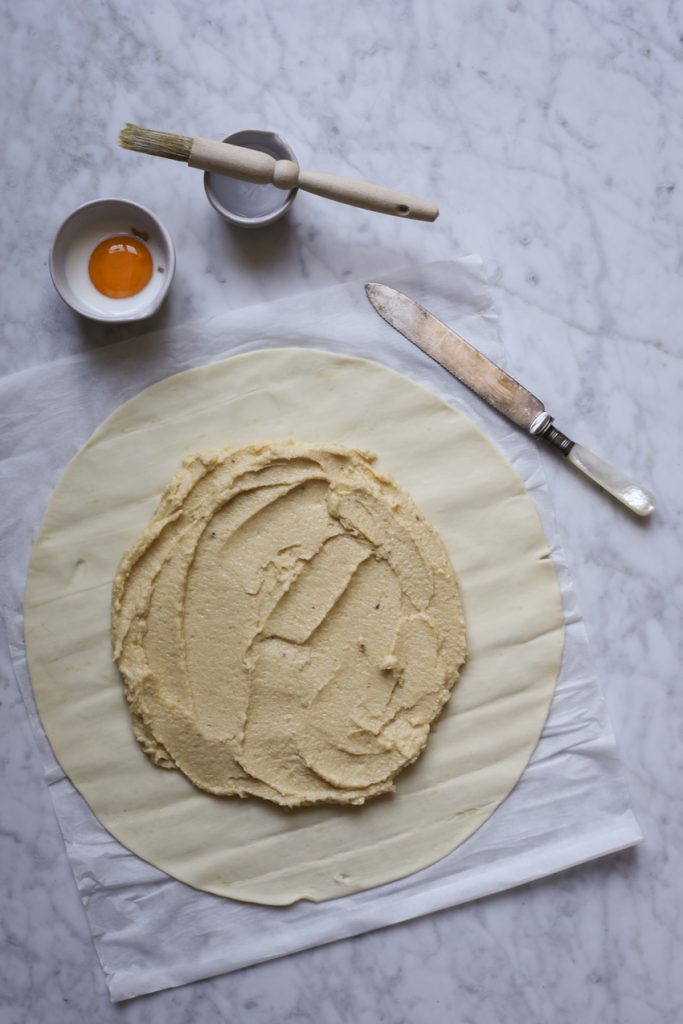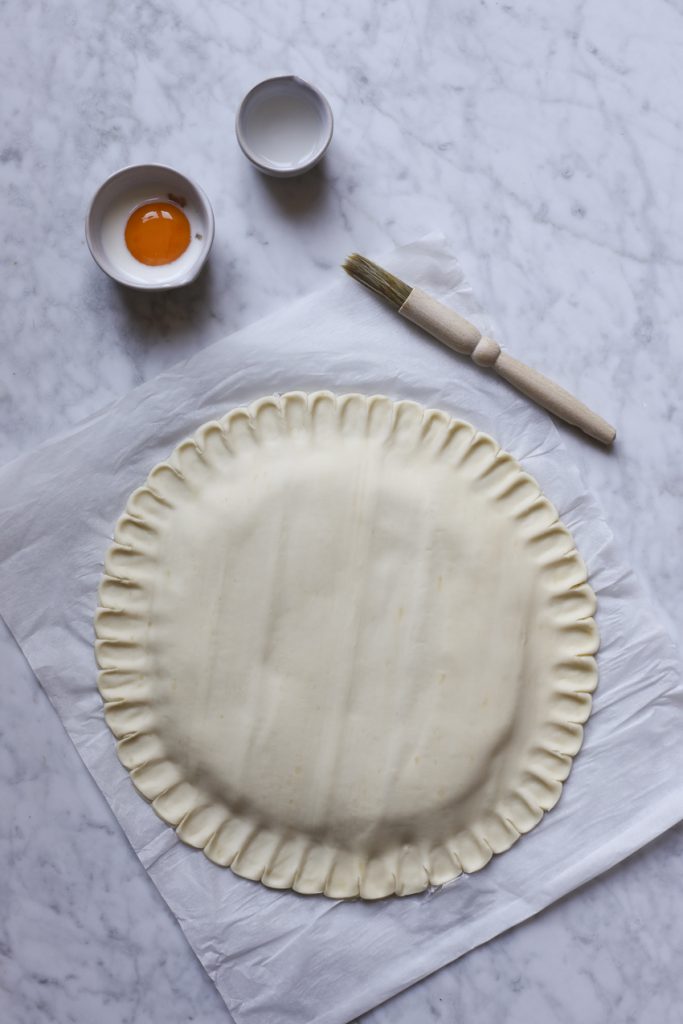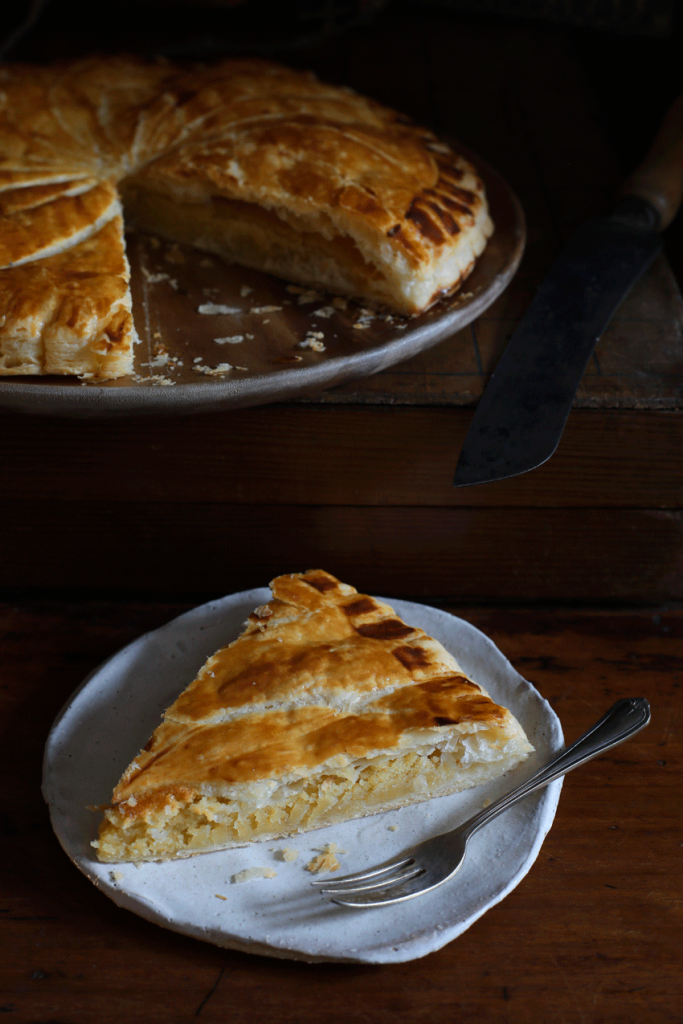The post Hot Cross Buns – The Tale Of English Buns # 2 appeared first on Miss Foodwise.
]]>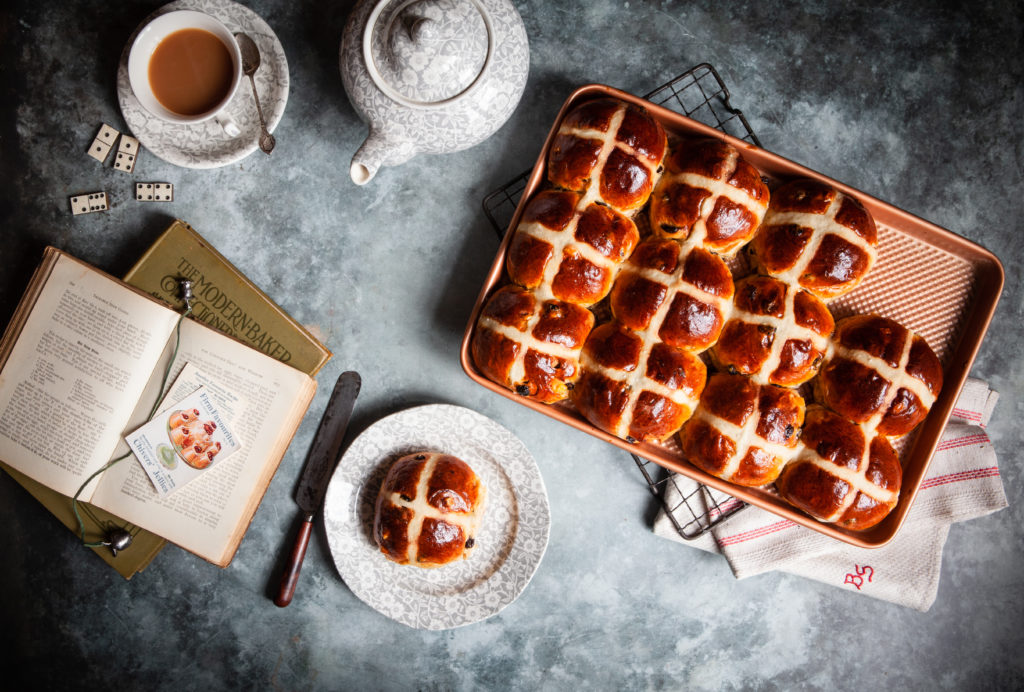 Bake them on Good Friday: The history and tales behind these spiced buns are plenty and intriguing, steeped in folklore dating back as far as Anglo-Saxon Britain. This is perhaps one of the most iconic of buns. Recipe from my new book Oats in the North, Wheat from the South, out with Murdoch Books (2020)
Bake them on Good Friday: The history and tales behind these spiced buns are plenty and intriguing, steeped in folklore dating back as far as Anglo-Saxon Britain. This is perhaps one of the most iconic of buns. Recipe from my new book Oats in the North, Wheat from the South, out with Murdoch Books (2020)
Every year well before Easter Marks & Spencer starts piling up Hot Cross Buns from chocolate & salted caramel to blueberry and marmalade. Marmalade I can understand as you do add candied orange peel to the dough, but chocolate & salted caramel and blueberry just creates a whole different bun, the cross being the only reminder of a traditional Hot Cross Bun. But what is traditional or original with a recipe as old as this one? If you scroll down to the recipe you might discover I too dare to add something which isn’t traditional from time to time.
The tradition of baking bread marked with a cross is linked to paganism as well as Christianity. The pagan Saxons would bake cross buns at the beginning of spring in honour of the goddess Eostre – most likely being the origin of the name Easter. The cross represented the rebirth of the world after winter and the four quarters of the moon, as well as the four seasons and the wheel of life.
The Christians saw the Crucifixion in the cross bun and, as with many other pre-Christian traditions, replaced their pagan meaning with a Christian one – the resurrection of Christ at Easter.
According to Elizabeth David, it wasn’t until Tudor times that it was permanently linked to Christian celebrations. During the reign of Elizabeth I, the London Clerk of Markets issued a decree forbidding the sale of spiced buns except at burials, at Christmas or on Good Friday.
The first recorded reference to ‘hot’ cross buns was in ‘Poor Robin’s Almanac’ in the early 1700s.
‘Good Friday come this month, the old woman runs. With one or two a penny hot cross buns.’
This satirical rhyme was also probably the inspiration of the commonly known street vendors cry:
‘Hot cross buns, hot cross buns!
One ha’penny, two ha’penny, hot cross buns!
If you have no daughters, give them to your sons,
One ha’penny, two ha’penny, hot cross buns!’
A century later the belief behind the hot cross bun starts to get a superstitious rather than a religious meaning.
In London’s East End you can find a pub called The Widows Son, named after a widow who lived in a cottage at the site in the 1820s. The widow baked hot cross buns for her sailor son who was supposed to come home from the sea on Good Friday. He must have died at sea as he never returned home, but the widow refused to give up hope for his return and continued to bake a hot cross bun for him every year, hanging it in her kitchen with the buns from previous years.
When the widow died, the buns were found hanging from a beam in the cottage and the story has been kept alive by the pub landlords ever since a pub was built on the site in 1848.
For whatever reason or belief you choose to bake a batch of hot cross buns on this Good Friday, it will most likely be to enjoy them with your loved ones. May it be for Eostre, Easter, the beginning of a much awaited spring or as a superstitious amulet for when you set sail, bake them with love!
This recipe is a revised version from one that appeared years ago on this site. I advise to use this one.
So here is how you bake your own:
Hot Cross Buns
What you will need
15 g (½ oz) dried yeast
300 ml (10½ fl oz) lukewarm full-fat milk
500 g (1 lb 2 oz) strong white bread flour
60 g (2¼ oz) raw (demerara) sugar or white sugar
1 tsp ground cinnamon
½ tsp ground mace
¼ tsp ground nutmeg
1/8 tsp allspice
1/8 tsp ground ginger
1/8 tsp ground coriander
70 g (2½ oz) butter, at room temperature, cubed
1 egg
5 g (1/8 oz) fine sea salt
150 g (5½ oz) currants
50 g (1¾ oz) candied citrus peel
2 egg yolks + 2 tbsp milk, for egg wash
For the crosses
140-160 ml (5¼ fl oz) water (if your flour is old it needs more water, if fresh 140 will be enough)
75 g (2½ oz) plain (all-purpose) flour
For a 39 x 27 cm (15½ x 10¾ inch) baking tin (if you don’t want the buns to attach to one another while baking, use a larger tray or bake in two batches)
For the shiny glaze:
Melt 60 g plain white sugar in 5 tbsp water
Method:
Add the yeast to the lukewarm milk and stir briefly and gently to activate it. The yeast will start to foam up in clusters, which means it is ready for use. Combine the flour, sugar and spices in a large bowl or the bowl of an electric mixer fitted with a dough hook and put the butter on top. Pour half of the yeast mixture over the butter and start kneading. When the milk and butter are completely absorbed, add the rest of the yeast mixture, along with the egg. Knead for 5 minutes, then let the dough stand for a few minutes (at this point it will be very wet). Add the salt and then the currants and candied peel and knead for 10 minutes, scraping the dough off the dough hook and side of the bowl if needed, until the dough has come together in a smooth and elastic dough that is not too dry but also not terribly wet.
Cover the dough and set aside for 1 hour until it has doubled in quantity.
Meanwhile, line the baking tin with baking paper. Mix the water and flour into a thick batter for the crosses and scoop it into a piping bag with a small nozzle and cover until needed.
Divide the dough into 12 equal pieces. Take a piece of dough and lightly flatten it on your work surface, then pull the outer parts in like a purse and gently squeeze together like a dumpling so that the dough can no longer split open while rising.
Turn the dough over so the squeezed ends are on the bottom. It should be nice and smooth on top – if not, flatten it and start again. Place in the baking tin and continue shaping the other buns, adding them to the tin to form neat rows.
Cover the tray of buns with a light cotton cloth and wrap it in a large plastic bag (I keep one especially for this purpose). Rest the dough for 1 hour or until the buns have doubled in size. Towards the end of the resting time, preheat the oven to 210°C (410°F).
Brush the buns generously with the egg wash, then carefully pipe a cross onto each bun. Transfer to the oven and bake for about 20-30 minutes until golden brown. (if you don’t want to egg wash, just brush on the sugar syrup as mentioned in the recipe, or do both!)
The buns are best eaten on the day they’re made. The next day they can be revived in a hot oven for a few minutes. You can also freeze the baked buns, thaw and then pop them in a hot oven for a few minutes.
These buns are excellent halved, then toasted and spread with copious amounts of farmhouse butter.
Freeze for up to a month. Leftover buns make a perfect Hot Cross Bun and Butter pudding, see my recipe here >
*Letting the dough rest for a while without salt is called an “autolyse”. It allows for enzymes to do part of the gluten development before you start to actually knead it. Adding salt with the yeast can kill it or slow down the process. This way it forms a developed dough more quickly.
RECIPE FROM MY BOOK Oats in the North, Wheat from the South (The British Baking Book (US), Brits Bakboek (NL-BE)) – You can order a copy here >
You might also enjoy (more buns of course):
For Bath Buns go here >
For Cinnamon buns go here >
For Santa Lucia Buns go here
The post Hot Cross Buns – The Tale Of English Buns # 2 appeared first on Miss Foodwise.
]]>The post Bitter Seville Orange Marmalade – A Potted History and How to Make it appeared first on Miss Foodwise.
]]>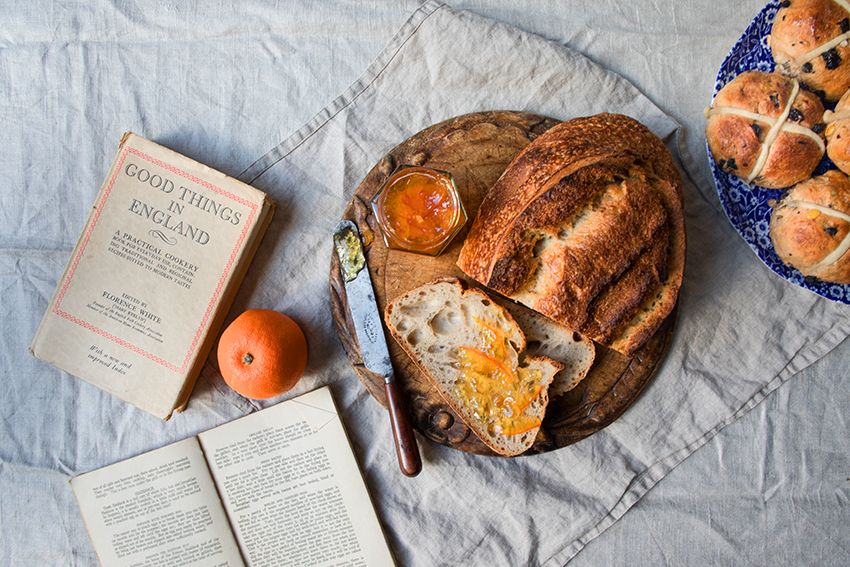
Marmalade is like Marmite, you either love it or loathe it.
Marmalade is loved in Britain, smeared on golden toast as the last course of the English Breakfast. The humble jar of sunshine even has its own Marmalade Awards each year in Cumbria in the North of England. Anyone can send in their jar to be judged by marmalade royalty, and my friend Lisa from All Hallows Cookery School in Dorset just won with hers.
In a time when bitter flavour is bred out of vegetables and fruits, you would think many people are not that fond of marmalade. Marmalade is traditionally made from bitter Seville oranges. Originally from Asia, the Moors introduced these oranges in Spain around the 10th century. They are quite inedible in their raw state and if you can manage I salute you. Because of their sourness Seville oranges contain a high amount of pectin. In 17 and 18th century cookery books they get a mention as ‘bitter oranges’ and it wouldn’t be an British classic without a story.
The legend
In the mid 18th century a Spanish ship carrying Seville oranges was damaged by storm. The ship sought refuge in the harbour of Dundee in Scotland where the load deemed unfit for sale were sold to a local merchant called James Keiller. James’ mother turned the bitter orange fruit into jam and so created the iconic James Keiller Dundee Marmalade. It wasn’t a coincidence that James mother made marmalade, in the 1760s her son ran a confectionery shop producing jams in Seagate, Dundee. In 1797 he founded the world’s first marmalade factory producing the first commercial brand of marmalade. In 1828, the company became James Keiller and Son, when his son joined the business. Today you can see stone James Keiller and Son marmalade jars pop up at every carboot sale and antiques market. But the marmalade is still in production, only now in glass jars that off the beautiful radiant orange colour that is so typical of marmalade.
The truth as clear as marmalade
According to Ivan Day, a prominent food historian who I was lucky to do a course with, one of the earliest known recipe for a Marmelet of Oranges dates from around 1677 and it can be found in the recipe book of Eliza Cholmondeley held in the Cheshire Archives and Local Studies.
The earliest recipe in Scotland is titled ‘How to make orange marmalat’ and dates back 1683. It can be found in the earliest Scottish manuscript recipe book which is believed to have been written by Helen, Countess of Sutherland of the Clan Sutherland. The book is dedicated entirely to fruit preservation and jelly making. According to The Scotsman “The Countess was married to John Gordon, the 16th Earl of Sutherland, an army officer who was honoured following the defeat of the 1715 Jacobite rebellion.”
This bit of information transports me right to the wuthering heights of Scotland.
This early Scottish as well as English recipe debunks the myth that mother Keiller invented marmalade. Recipes for similar preserves even date back earlier in history. But the Keiller family definitely deserve a prominent spot in marmalade history.
But why do we call it marmalade and not jam?
As you maybe remember from my posting about ‘Quince Cheese’ here > , quinces are responsible for the word marmalade as their Portuguese word is ‘marmelo’ and they were made into fruit cheeses named marmalades. In Spain they call it ‘Membrillo’. Quince just like bitter Seville oranges, contain a lot of pectin and they are both too sour to eat raw. From both of these fruits the pips and peels are used to get a good set, and if you don’t have quince you could easily make a fruit cheese out of these oranges.
If you’re a marmalade fan, chances are you have a particular favourite. You either love every jar that you can find on your breakfast table or you prefer either thick cut, thin cut, or vintage. The cut of course refers to how thick the peel is cut, I like mine as thin as possible. Vintage is a jar you left in the back of your preserve cupboard to age and turn dark amber in colour and deep in flavour. Then there are two kinds I don’t really want to include in the different types of marmalades and that is the flavoured kind, this could be spices, whisky or any other type of booze. I can understand whisky and grand marnier, but as I’ve made marmalade with cardamom, I have to conclude that that jar was something entirely different to marmalade. When it comes to preserves I’m quite the purist. If additions flavour and not just compliments the taste of the fruit, it’s a big no no for me.
What makes a marmalade
There is something to be said about sugar as well. Some use plain white sugar, others use demerara (cane sugar), others use molasse or jam sugar (minut sugar). You don’t need the added pectin of jam sugar, I find molasse to be too dominant, white sugar from sugar beets is something I hardly use except for jam so I decided to use 2/3 of plain white sugar and 1/3 demerara. I don’t want my marmalade to be dark in colour, I want it to be beautifully bright orange.
And finally the fruit… without wanting to be a food snob, organic or untreated bitter oranges are your only option. Remember that you will be using the peel so your fruit needs to be of the best quality. Many Seville oranges are harvested from trees which grow by the road and in the city. These are dirty oranges. I like to know what I put in my jam jar so it’s better to be safe and buy organic. This isn’t sponsored in any way but I’ve found Ave Maria is a farm that sells organic Sevilles, they are stocked in some British supermarkets (ask them on twitter).
I’ve looked at a couple of recipes and the ingredients and method is usually identical. Before I share my recipe (which is identical to many out there) I’ll leave you with some links for you to look at.
Felicity Cloake for The Guardian: How to make the perfect marmalade >
Giulia Scarpaleggia, my dear Italian friend who has access to the best oranges and makes this marmalade every season in big batches: Bitter Orange marmalade and nothing else >
Orange Marmalade
What do you need
- 1 kg bitter organic oranges (no compromise!)
- 1 large lemon
- 2,5 l water
- 500 g demerara sugar
- 1500 g castor sugar
Equipment
- Stainless steel pot
- Muslin
- a selection of sterilised jars
- a juicer if you have one
- a jam thermometer
Method
(I like to do the prep the evening before, then let it sit overnight, you can however do it in one day)
Juice all your oranges and the lemon, keep the pips and all the bits aside. Place the square of muslin cloth in a bowl and crape the pips and bits into it, close with a twine long enough so you’re able to tie it to the outside of the pot.
Finely slice the peels of the oranges, the thickness is your choice, I like the thinnest I can manage and use my sharpest knife for this. Transfer the shredded peel to the pot, tie the parcel of muslin to the pot and pour over the juice and the water then bring to a boil and leave to simmer for 2-2,5 hours. This is to soften the peel, if you like a bite to the peel, check regularly from 2 hours towards the end of the cooking time.
Leave to cool then remove the muslin parcel and squeeze it as hard as you can to get out as much of the juice as you can.
Now to make the marmalade bring the juice back to a simmer and add the sugar, stir well until it is completely dissolved. Bring to a boil, place a saucer or two in the fridge or freezer and check the temperature to reach 104 degrees – which is when the jam should be setting. Test a bit of jam on one of the cold saucers to see if it sets, if not, continue to boil and try again, and again if needed.
When the marmalade is setting, leave to cool for a few minutes before filling your jars.
After filling I still invert the jars because that is what my grandmother and mother did, but you can add wax or boil again in the jars, whatever method you’re used to.
Use on your hot toast or in cakes or puddings!
Next week… Hot Cross Buns revised!
The post Bitter Seville Orange Marmalade – A Potted History and How to Make it appeared first on Miss Foodwise.
]]>The post Galette Des Rois and other food celebrations appeared first on Miss Foodwise.
]]>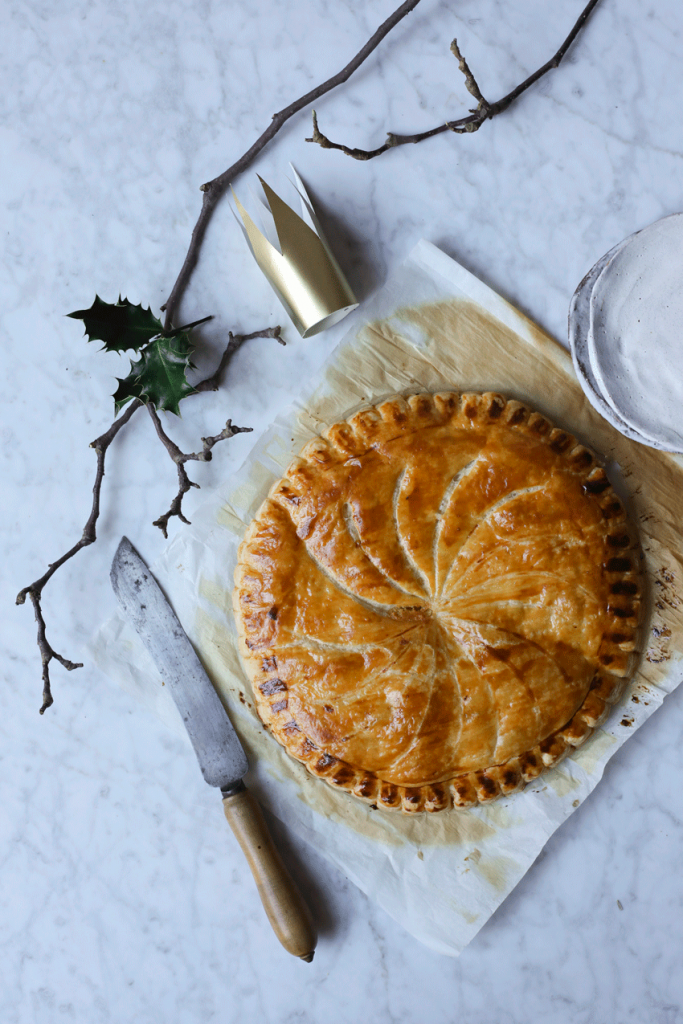 I hope you all had a wonderful Christmas if you celebrated it, and I wish you a smashing new year! There are lots of exciting things to come of which I will tell you more very soon but until then…
I hope you all had a wonderful Christmas if you celebrated it, and I wish you a smashing new year! There are lots of exciting things to come of which I will tell you more very soon but until then…
Since in the previous years I told you about English Epiphany or Twelfth Day celebrations, I thought I’d share the tradition of my side of the English channel with you today.
Like the Twelfth cake of which I wrote two years ago (see the post here), in my region we also have a cake, or tart with a hidden bean, coin or trinket.
It is called a ‘Three Kings Tart’ or ‘Driekoningentaart’, a puff pastry pie filled with the most satisfying almond filling which is when made well – addictive. If you find the bean or trinket in your piece of tart you are king for the day and the crown is all yours. To my regret I never found a bean in my piece of tart until two years ago. Oh the disappointment when I was a little girl, the frustration that it was always one of the adults who got the crown! I mean, they should have hidden it in my piece, shouldn’t they?? Traditionally the children would go out to sing from door to door for sweets and money, dressed up like the three kings.
We sadly haven’t got a traditional drink like the Lambswool (see that post here) which comes with the beautiful tradition of ‘wassailing’ which means to feast and run around the orchards to chase away evil spirits and wake up the trees.
I can’t tell you how much I adore this tart and the sight of bakery shop windows filled with ‘Galette Des Rois’ all topped with a festive golden paper crown. It reminds me of the stories I read about children gathering outside the bakery’s shop window to see the magnificent Twelfth Cakes over a century ago. The seasonal bakes that appear in bakeries always make my heart skip a beat. I walk passed Antwerp’s oldest bakery just to see the window display: the large speculoos figurines around Saint Nickolas, the chocolate eggs around Easter, the prune tarts when it’s Ash Wednesday and these terrific ‘Three Kings Tarts’ which the French and our French speaking Belgians call ‘Galette Des Rois’. In France the tarts are also known as Pithiviers, named after the town in the Loiret in the south of Paris, where they allegedly originated from.
This day we celebrate the arrival of the Three Wise Men, Three Kings or the ‘Magi’ visiting the newborn Jesus bearing gifts of gold, frankincense and myrrh. With this occasion the celebrational 12 days of Christmas conclude. Although in Belgium and mostly around Antwerp we have an extra food celebration on monday which is called ‘lost monday’ (lundi perdu or verloren maanday). On this day you eat puff pastry sausage breads (rolls) and apple balls (apples wrapped in puff pastry). There are many explanations about why these items are eaten on the first monday after ‘Driekoningen’ (Three Kings day). Some say this was the day the dock workers went back to work and were treated to a pint in the cafés by the docks by their foremen or employers. The café landlords would serve spicy sausage rolls so the workers would drink more beer, earning them a fair penny. The sausage rolls would not cost the café landlord much because he would buy meat that could not be sold for whatever reason, and the pastry would be made from cheap ingredients, some say also old. Probably leftover from christmas and therefore unsaleable. This theory sounds very possible since the tradition remained strong in Antwerp where we have the port and a a lot – although fading rapidly – dockworkers cafés (pubs). Because the workers were treated to a pint and wouldn’t go back to work afterwards, the day was considered ‘lost’, therefore ‘lost monday’. Another theory is that ‘lost monday’ actually was the day when some city officials took their oath, calling it ‘oath monday’ or ‘verzworen maandag, lundi parjuré. In this case it also means that this was a lost day, a day on which there wasn’t any work done.
After ‘Lost monday’ I already start looking forward to the next food celebration, ‘lichtmis’ or ‘candlemass’ short for this mouthfull: ‘Feast of the Purification of the Blessed Virgin Mary and Feast of the Presentation of our Lord Jesus’. This catholic feast with pagan roots is celebrated on the 2nd of februari and this when we eat pancakes. The saying goes “On Candlemass no woman is too poor to heat her pan” – obviously it sounds better in Flemish (Er is geen vrouwtje nog zo arm, of ze maakt haar pannetje warm) and although you think it means that even though people didn’t have much, they would still bake pancakes. Funnily enough the reference to the hot pan in old Flemish has sexual connotations. So maybe this was considered the day abstinence ended, or there was no abstinence – who knows! Something to look into, more old books to buy.
So lets look at this ‘Three Kings Tart’ and how you can make one yourself. May recipes suggest using almond essence, but if you know me a little you will know that if I can sneak apricot kernels into something – I will. Plus I hate artificial flavourings, I want the real deal because it is so much better. But if you can’t find apricot kernels (check organic shops, mostly online) you are allowed to use almond essence, but use a natural one – and organic if you can find it. I like Steenbergs but I’m in no way connected to them, I just like what they produce.
I prefer my tart thin, but if you want a thicker one, just double the measurements below except for the rosewater.
- 100 g of ground blanched almonds
- 15 g apricot kernels, blanched
- 1 tsp of rosewater
- 100 g of soft (not runny) farmhouse butter (get the good stuff), cubed roughly
- 90 g of golden cane sugar
- 2 eggs
- 1 whole almond, bean or coin
- 1 egg yolk and 1 tsp of milk for eggwashing
- 2 sheets of puff pastry (or make it!)
Method
Place your ground almonds into the bowl of your food processor – knife in place. Crush the apricot kernels in a mortar adding the rosewater as soon as they start to release their oil (or chuck it in whenever it will work, don’t worry too much). Make sure you don’t have too many big bits, its very bitter. Put with the ground almonds.
Place the butter in the food processor and pulse 4 times, then add the sugar and finally the eggs one by one. Pulse until smooth. Now I like to let that mixture rest for about 10 to 20 minutes, especially when you are using store bought ground almonds (you did, didn’t you?) which have dried out most probably. Don’t put it too warm, but also definitely not in the fridge. That said, the mixture should not be too runny either, so if your butter was too soft, do put it in the fridge for a few minutes.
Preheat your oven to 180°C
Roll out the first sheet of puff pastry and spread the filling on top about 1 cm thick. Brush water around the edge to put the lid in place, place the next pastry sheet on top and cut around the filling leaving an edge of about 3 cm (see pictures) . Now crimp the edges with a sharp knife and your finger (careful there). Hide your bean, almond or coin in the filling.
Generously eggwash the pastry and then cut in a design.
Place in the middle of the preheated oven on a heated baking sheet, for 30-40 minutes.
Make sure the child at the table gets the bloody bean!
Until next time
x
Regula
The post Galette Des Rois and other food celebrations appeared first on Miss Foodwise.
]]>